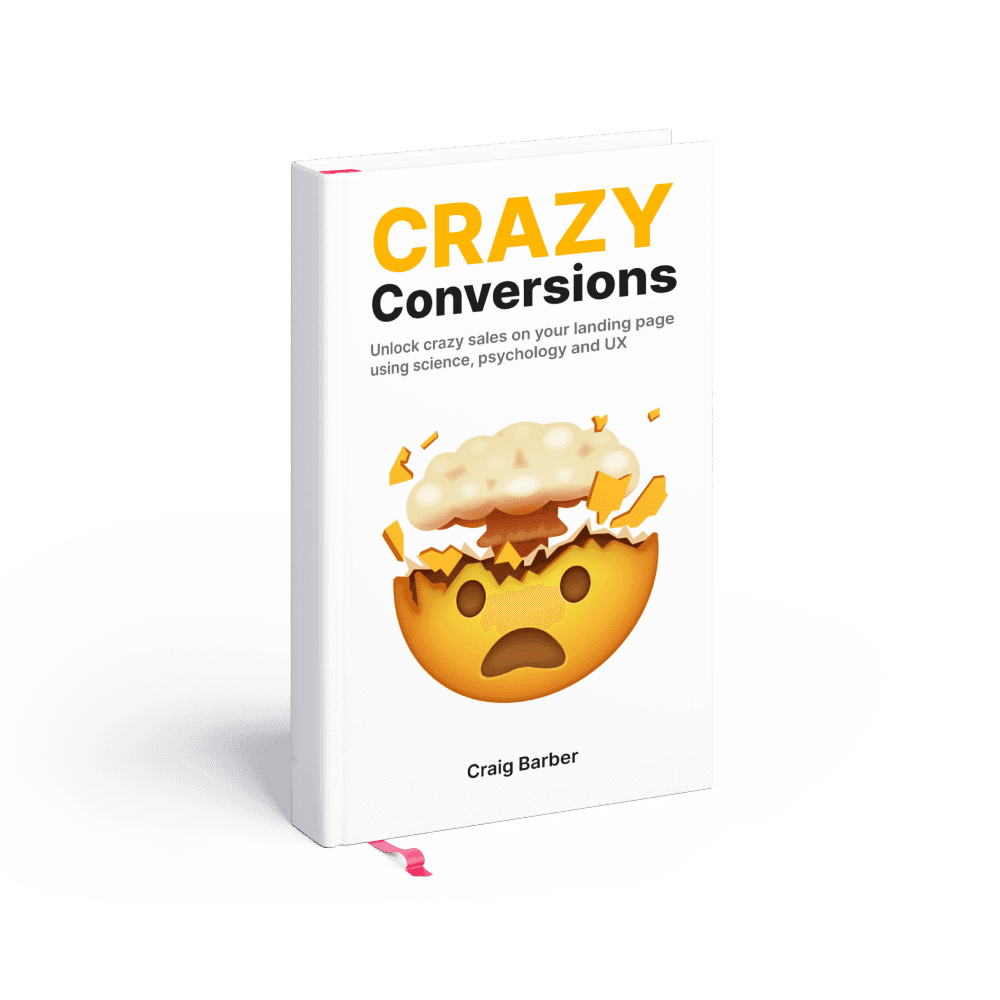Your Ultimate Guide to Color Theory in Digital Product Design
Step into the world of color theory and elevate your digital product design skills
Hey there, UX & UI designers! Welcome to Color Theory 101, where we'll dive into the captivating world of colors and discover how they shape the digital product design process.
Whether you're a seasoned designer or just starting your journey, understanding color theory is essential for creating visually appealing and effective digital experiences.
So, let's embark on this colorful adventure together!
What is Color Theory?

Color theory is a framework that explores how colors interact with one another and how they affect our emotions, perceptions, and overall user experience.
It delves into the science, psychology, and art behind color selection, combining principles such as hue, saturation, value, and contrast to create harmonious and impactful designs.
Basic Color Theory explainer video:
Why Use Color Theory in Digital Product Design?

Colors play a vital role in user experience and can significantly impact how people perceive and interact with digital products.
Here are a few reasons why incorporating color theory in your design process is crucial:
Visual Appeal
Colors evoke emotions and can create a positive or negative impression on users.
Properly chosen colors can make your design visually appealing and captivating, drawing users in and encouraging them to engage with your product.
Communicating Meaning
Colors possess inherent meanings and cultural associations.
By leveraging color theory, you can effectively convey messages, establish brand identity, and guide users through interfaces.
Consistent color usage aids in information hierarchy, enhancing usability and comprehension.
Enhancing Usability
Color theory principles, such as contrast and readability, improve the usability and accessibility of digital products.
By carefully selecting color combinations, designers can ensure that text and important elements stand out, making content easier to read and understand.
Examples of Color Theory in Website Design

Now, let's explore some real-world examples of how color theory influences website design:
Complementary Colors

Websites often use complementary color schemes by combining colors that are opposite each other on the color wheel.
This creates visual contrast, adds energy to the design, and helps important elements stand out.
Analogous Colors

Analogous color schemes involve using colors that are adjacent on the color wheel.
This approach creates a harmonious and soothing effect, making it suitable for websites that aim for a calm and cohesive vibe.
Monochromatic Colors

Monochromatic color schemes involve using variations of a single color.
This creates a clean and minimalist design aesthetic, allowing designers to emphasize content and typography.
Frequently Asked Questions about Color Theory and Digital Product Design

How do I choose the right colors for my digital product?
Consider your brand personality, target audience, and the emotions you want to evoke.
Use color psychology and cultural associations as a starting point, but also test your color choices with real users to ensure they resonate effectively.
Can I use any color combination in my designs?
While there are no strict rules, it's important to consider color contrast, legibility, and accessibility.
Ensure that your color choices don't hinder readability or create visual discomfort for users, particularly those with visual impairments.
How can I create a sense of hierarchy and emphasize important elements?
Utilize color contrast to make key elements stand out.
For example, use a bold and vibrant color for buttons or call-to-action elements, contrasting them with the rest of the design to draw attention.
Conclusion
Congratulations, designers! You've completed your crash course in Color Theory 101.
Armed with this newfound knowledge, you can confidently wield the power of colors in your digital product designs.
Remember to experiment, test, and iterate to create visually stunning and user-friendly experiences.
So go forth and paint the digital world with the magic of color theory!
Boost sales in 30 days or your money back
Introducing Crazy Conversions, the powerful playbook helping founders unlock sales on their landing page

5/5 stars on Gumroad





